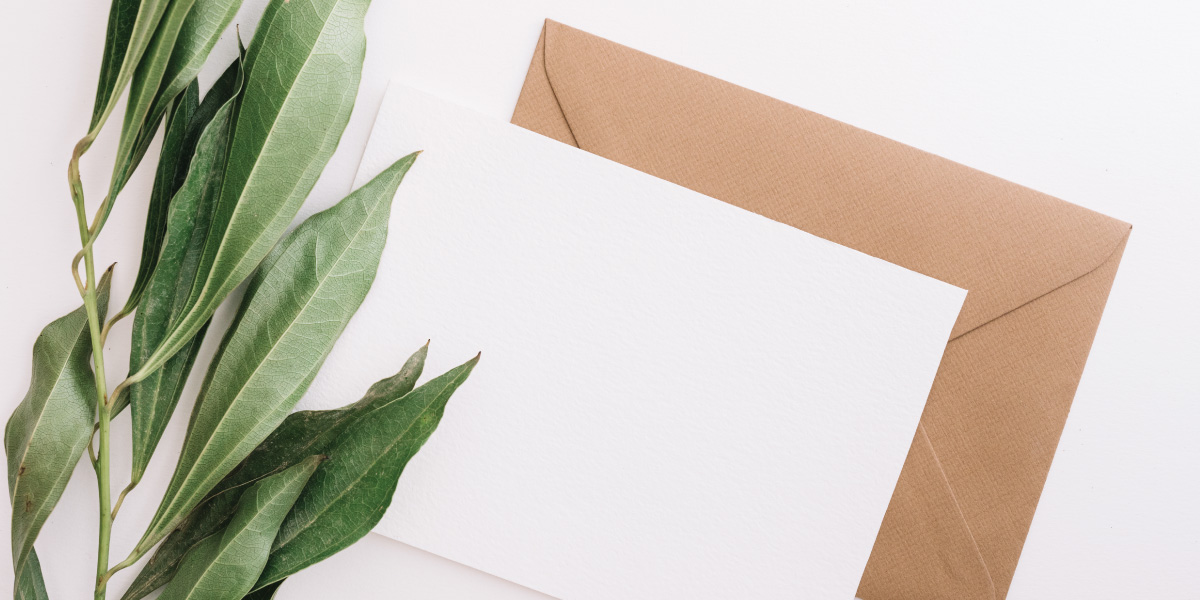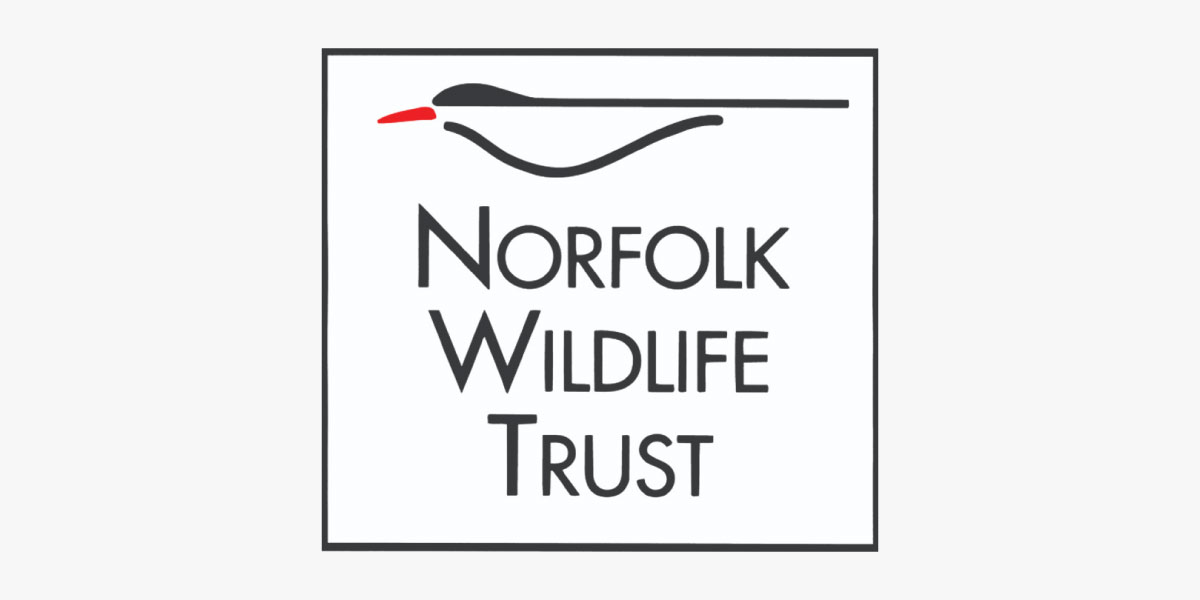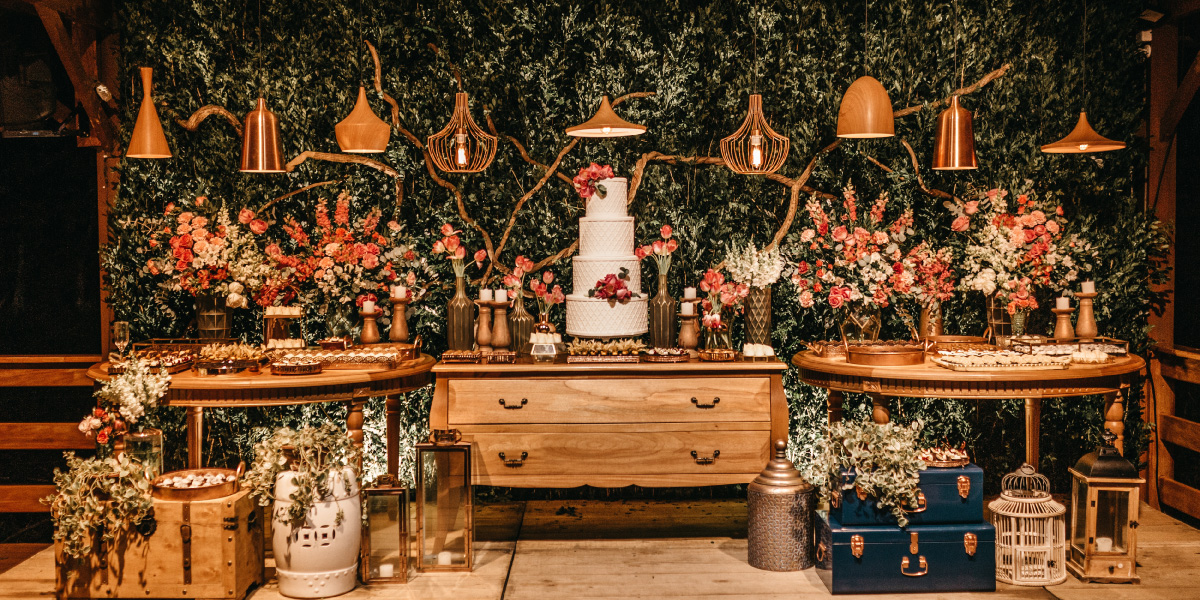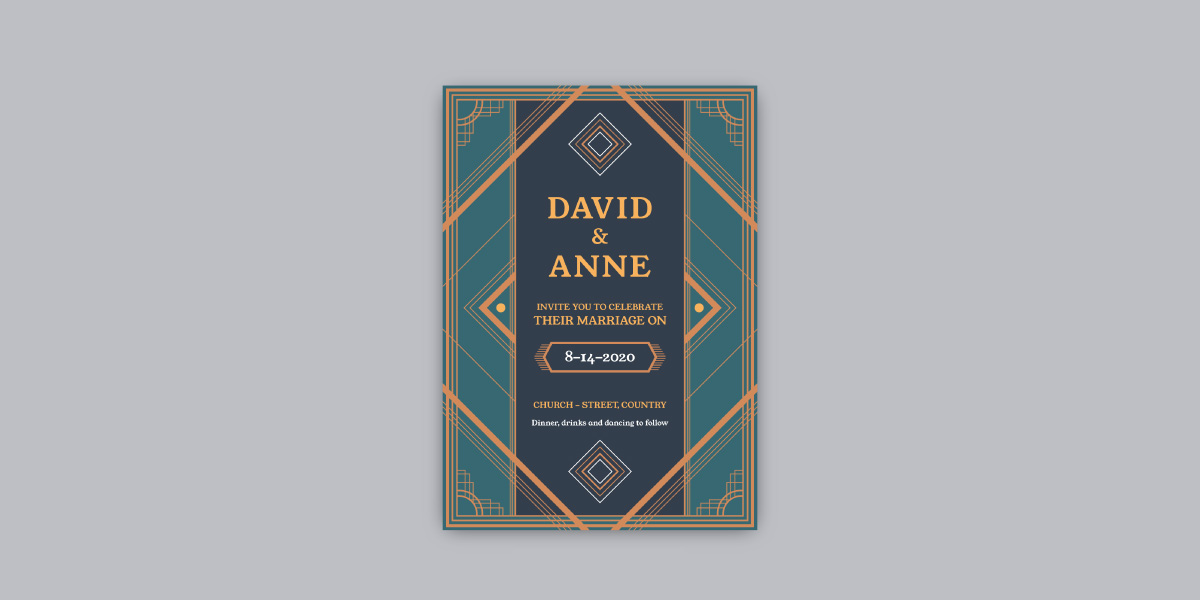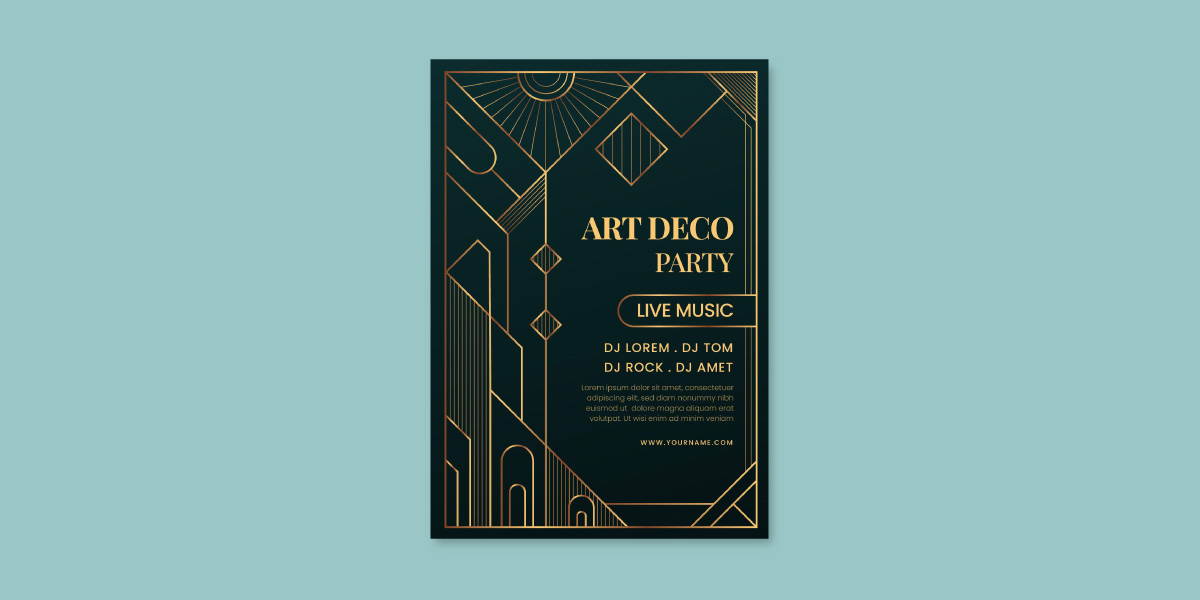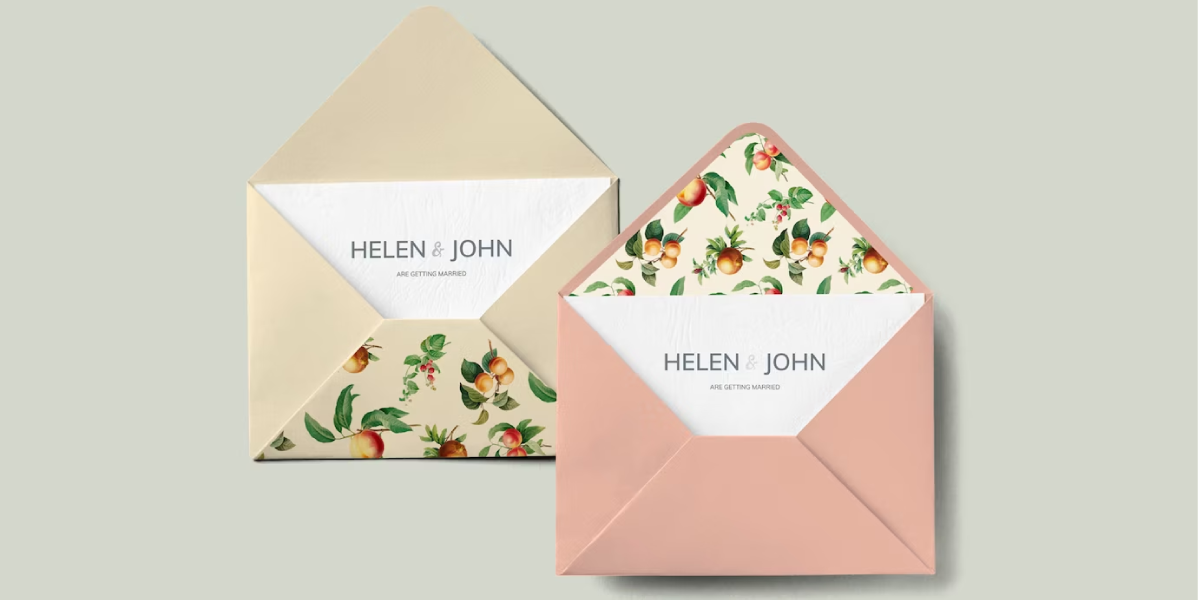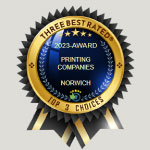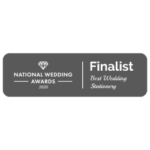In the world of printing and design, understanding paper sizes is fundamental. Whether you’re creating invitations, wedding stationery, seeded paper flyers, brochures, posters or business cards, knowing the dimensions of paper is essential for achieving the desired outcome. However, navigating the world of paper can be overwhelming, especially if you’re unfamiliar with the terminology. Fear not! At Dynamic Print, we’re here to unravel UK paper sizes and help you make informed decisions for your printing needs.
Understanding UK Paper Sizes
The International Organisation for Standardisation (ISO) has established a set of standard paper sizes known as the A series, used within ISO 216. The A series ranges from A0 (the largest) to A10 (the smallest), with each subsequent size being half the area of the previous one. For instance, A1 is half the size of A0, A2 is half the size of A1, and so on.
In the United Kingdom, paper sizes are often referenced in both millimetres (mm) and inches (in).
Here’s an overview:
· A0 (841 x 1189 mm / 33.1 x 46.8 inches): Typically used for large posters and signage.
· A1 (594 x 841 mm / 23.4 x 33.1 inches): Suitable for smaller posters and prints.
· A2 (420 x 594 mm / 16.5 x 23.4 inches): Ideal for medium-sized artwork and displays.
· A3 (297 x 420 mm / 11.7 x 16.5 inches): Commonly used for flyers, brochures and signage.
· A4 (210 x 297 mm / 8.3 x 11.7 inches): The standard size for documents, letters, and reports.
· A5 (148 x 210 mm / 5.8 x 8.3 inches): Often used for booklets, leaflets and wedding invitations.
· A6 (105 x 148 mm / 4.1 x 5.8 inches): Perfect for postcards, notecards and save the dates.
· A7 (74 x 105 mm / 2.9 x 4.1 inches): Great for creating smaller promotional items or cards.
· A8 (52 x 74 mm / 2.0 x 2.9 inches): Ideal for compact designs, such as mini flyers or place cards.
Also worthy of mention is the standard UK Business Card size (55mm x 85mm / 2.17 x 3.35 inches)
SRA Series Paper Sizes
Additionally, the UK employs the SRA series, offering slightly larger sizes with specific dimensions, often of most use to the printer to enable printing right up to the guillotined finish size:
· SRA0 (900 x 1280 mm / 35.4 x 50.4 inches)
· SRA1 (640 x 900 mm / 25.2 x 35.4 inches)
· SRA2 (450 x 640 mm / 17.7 x 25.2 inches)
· SRA3 (320 x 450 mm / 12.6 x 17.7 inches)
· SRA4 (225 x 320 mm / 8.9 x 12.6 inches)
B Series Paper Sizes
The B series offers an additional range of sizes in use in the UK, more often applicable to the printing process than the finished size of print:
· B0 (1000 x 1414 mm / 39.4 x 55.7 inches)
· B1 (707 x 1000 mm / 27.8 x 39.4 inches)
· B2 (500 x 707 mm / 19.7 x 27.8 inches)
· B3 (353 x 500 mm / 13.9 x 19.7 inches)
· B4 (250 x 353 mm / 9.8 x 13.9 inches)
Selecting the Right Size for Your Needs
When choosing a paper size, consider the purpose of your project, content requirements, and design preferences. Whether you’re designing a large-format poster or crafting intricate wedding invitations, selecting the appropriate size will add significantly to your finished printed design.
At Dynamic Print, we’re dedicated to providing tailored solutions to meet your printing needs. Our expertise and mix of traditional print processes and state-of-the-art technology ensure exceptional results, no matter the size or scope of your project.
Conclusion
Navigating UK paper sizes doesn’t have to be daunting. By understanding the basics and considering your specific needs, you can confidently select the right paper size for your printing projects. At Dynamic Print, we’re committed to empowering you with the knowledge and resources you need to make informed decisions and achieve outstanding results.
Ready to elevate your printing experience? Visit www.dynamicprint.co.uk or call us on 01603 40040 and discover how we can help you turn your ideas into reality. Let’s bring your vision to life, one print at a time!

